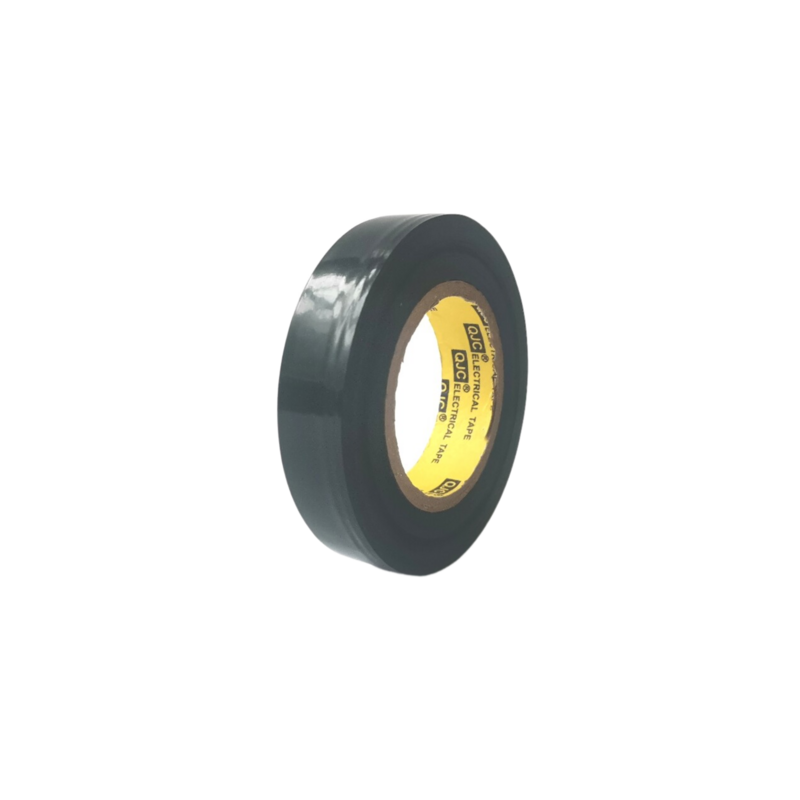Understanding Self-Amalgamating Tape and Its Temperature Resistance
Self-amalgamating tape, also known as self-fusing or self-bonding tape, is a specialized type of tape designed to create a strong, permanent bond without the need for adhesive or other bonding agents. This unique feature makes it particularly valuable in various applications, ranging from electrical insulation to emergency repairs in diverse environments. One crucial aspect of self-amalgamating tape that users often consider is its temperature resistance, which determines its effectiveness and durability under different conditions.
What is Self-Amalgamating Tape?
Self-amalgamating tape is typically made from a silicone or rubber material that contains polymers allowing it to fuse to itself when applied with tension. When the tape is stretched and wrapped around a surface, the layers of tape conform to one another and create a strong, watertight seal. This property makes it an excellent choice for insulating cables, sealing leaks, and even protecting delicate surfaces during repairs.
The tape can be used on various substrates, including metals, plastics, and rubber, and is often favored for its flexibility and adaptability. Unlike traditional tapes, self-amalgamating tape doesn't leave residual adhesive on surfaces after removal, making it a clean solution for temporary or permanent fixes.
The Importance of Temperature Resistance
Temperature resistance is a key factor in the performance of self-amalgamating tape. Many industries, including automotive, aerospace, and electrical engineering, require materials that can withstand temperature fluctuations without degrading or losing effectiveness. Self-amalgamating tape is designed to withstand a wide range of temperatures, often from -60°C to 200°C (-76°F to 392°F), making it suitable for both high-temperature and low-temperature environments.
Applications
In electrical applications, self-amalgamating tape is used for insulating wire connections and protecting exposed electrical components. The ability of the tape to endure high temperatures ensures that it remains effective in environments where heat might be generated, such as around motors or in high-voltage applications.
In the plumbing sector, the tape is ideal for wrapping around pipes that may experience thermal expansion and contraction. The ability to adapt to these changes in temperature helps maintain the integrity of the seal, preventing leaks and reducing the likelihood of joint failures.
self amalgamating tape temperature

Moreover, outdoor applications benefit from the tape’s temperature resistance. Whether used for automotive repairs or outdoor equipment maintenance, self-amalgamating tape provides a reliable sealing solution against the elements, ensuring longevity and durability.
Installation and Usage Tips
For maximum effectiveness, proper installation of self-amalgamating tape is essential. Here are some tips to ensure optimal performance
1. Surface Preparation Clean the surface where the tape will be applied. Remove any dust, grease, or moisture that might hinder adhesion.
2. Stretching the Tape When wrapping, ensure that the tape is stretched adequately. This promotes better fusion between the layers and enhances the sealing properties.
3. Overlap Layers For thicker applications, overlapping the layers by about half the width of the tape can provide additional strength and protection.
4. Temperature Considerations Be mindful of the operating temperature range of the tape. While it can handle various temperatures, prolonged exposure to extreme conditions should be avoided whenever possible.
5. Curing Time Allow some time for the tape to fuse properly before subjecting it to stress. This ensures the bond has formed effectively, providing maximum performance.
Conclusion
Self-amalgamating tape is an invaluable tool in many industries due to its versatility, ease of use, and impressive temperature resistance. Whether for electrical insulation, plumbing repairs, or general maintenance, the tape’s ability to bond to itself and withstand extreme temperatures makes it an essential material in the toolbox of professionals and DIY enthusiasts alike. By understanding the properties of self-amalgamating tape and how to use it effectively, users can leverage its capabilities to achieve reliable, long-lasting repairs and installations across a wide range of applications.
-
XIANGFAN Rubber Tape-Ultimate Solutions for All Your Insulation NeedsNewsJun.24,2025
-
XIANGFAN Rubber Tape-Protection for Industrial and Residential ApplicationsNewsJun.24,2025
-
XIANGFAN Rubber Tape: Superior Safety and Sealing for Demanding EnvironmentsNewsJun.24,2025
-
XIANGFAN Rubber Tape: Reliable Solutions for Every Electrical ChallengeNewsJun.24,2025
-
XIANGFAN Electrical & Industrial Tape: Powering Reliability Across IndustriesNewsJun.24,2025
-
XIANGFAN Electrical & Industrial Tape: Excellence in Every ApplicationNewsJun.24,2025
